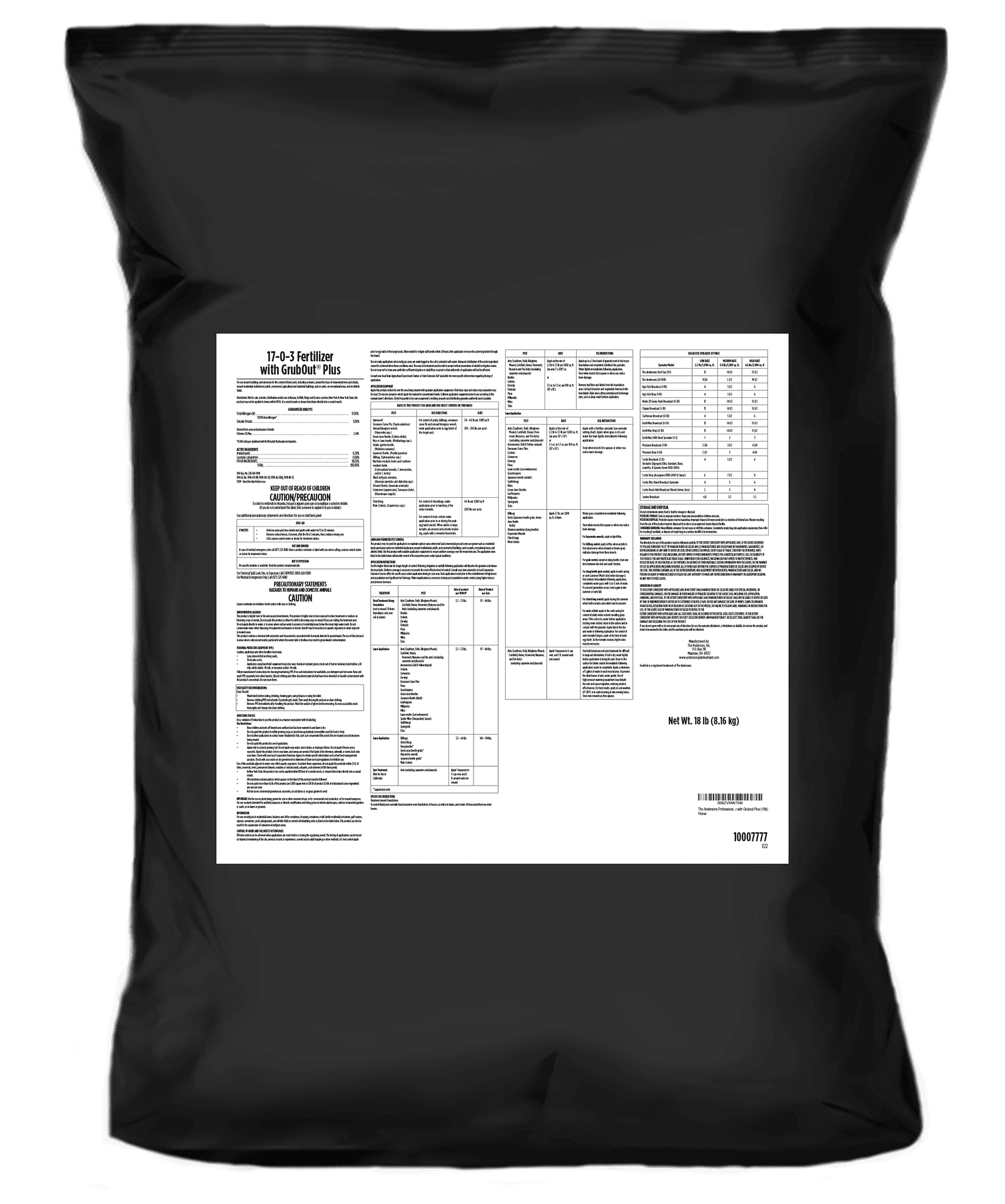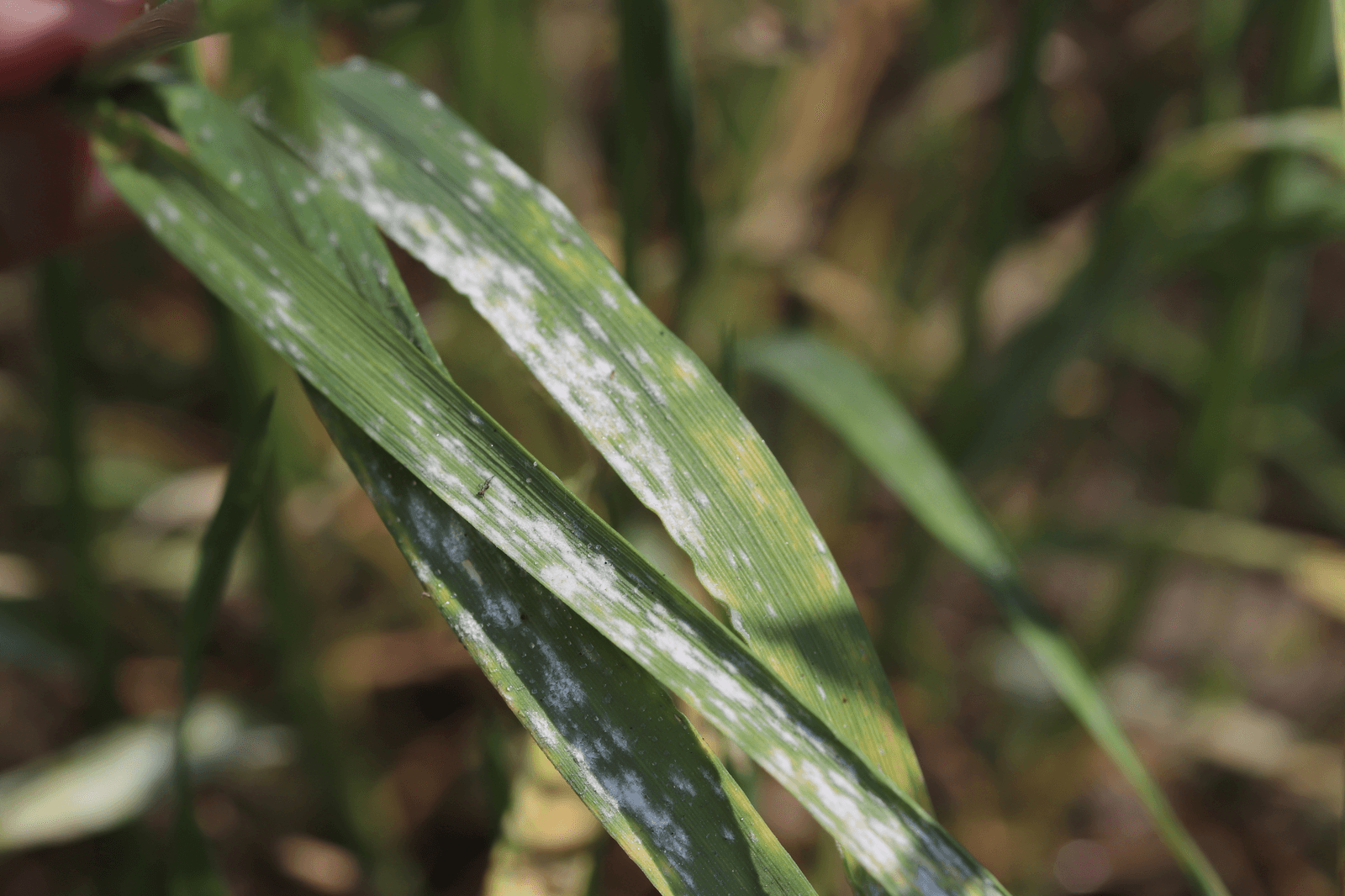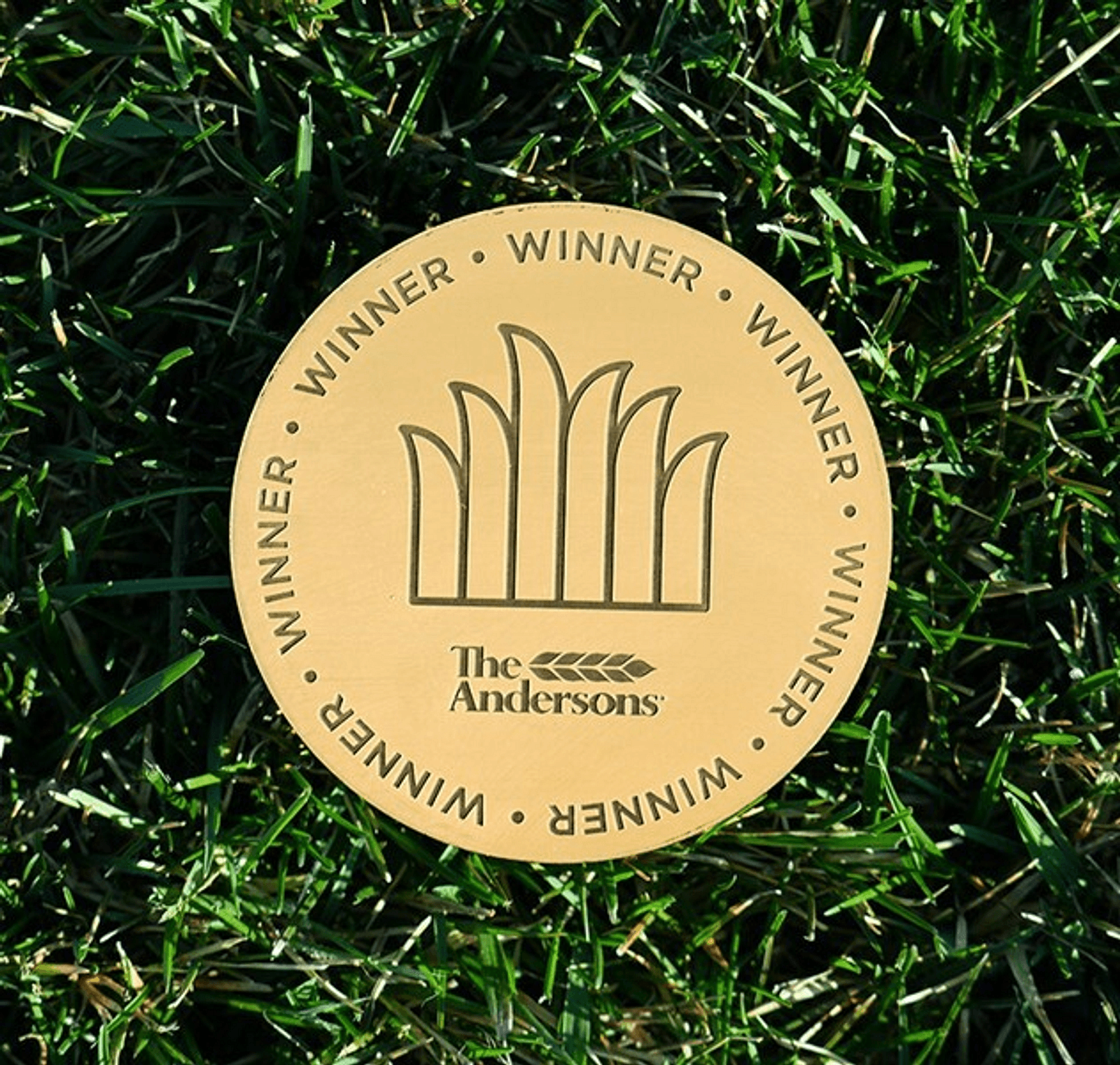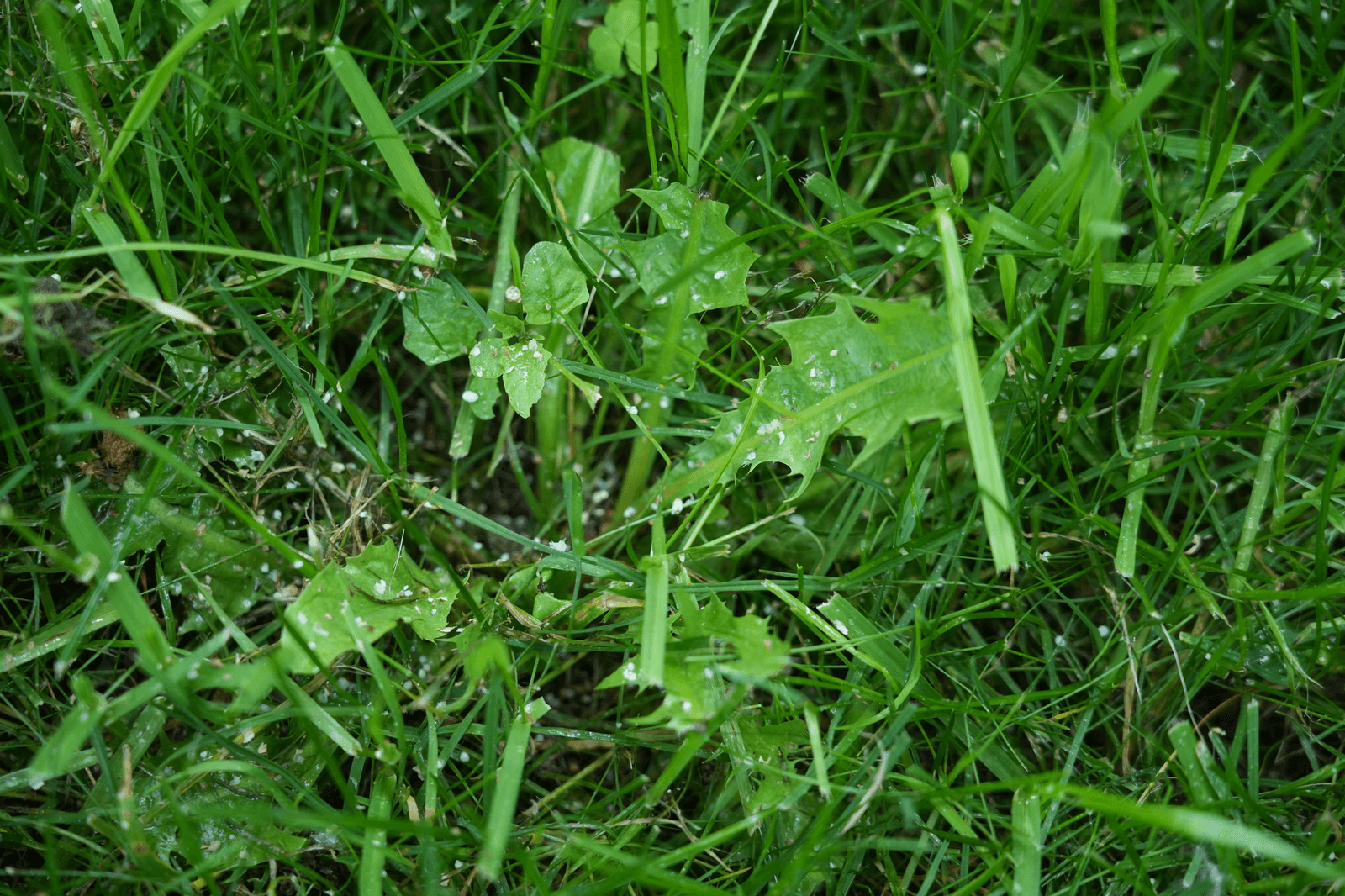Summer pests can put a real damper on an otherwise thriving lawn and garden. Insects like grubs, beetles, and ticks thrive in the summer months while eating and killing plants. They also tend to create a damaging snowball effect as they invite larger animals like moles and raccoons who will dig up and destroy lawns looking for a quick meal.
Lawn insects can be split into two categories, surface feeders and underground feeders. Surface feeders live above the soil level in plants or the thatch layer. They will chew on leaves or stems, making them easier to identify. Underground feeders attack root systems and are trickier to identify since they are not as easily seen and the effects on your lawn often appear similar to disease or chemicals burn. Determining if you have surface, underground feeders, or a combination of both is an important first step when selecting which insect control product will resolve your problem.
Armyworms
A surface feeder. Beginning in mid-May, adult armyworms chew grass blades down to the soil level, causing circular bare spots in the lawn. Treat promptly, as soon as infestation is noticed. May require more than one application.

Mole Crickets
A subsurface feeder. Prefer warm season turf. They feed on grass roots, tunneling 10-20 feet per night through the soil. The tunneling loosens the topsoil and uproots plants causing them to dry out. Treat in July or soon after eggs hatch.

Sowbugs
Both a surface and subsurface feeder. Grubs feed on plant roots while adults feed on grass stems to create small circular patterns in the lawn. These distinctive circles become yellowish or brown. Greatest damage occurs in late summer.
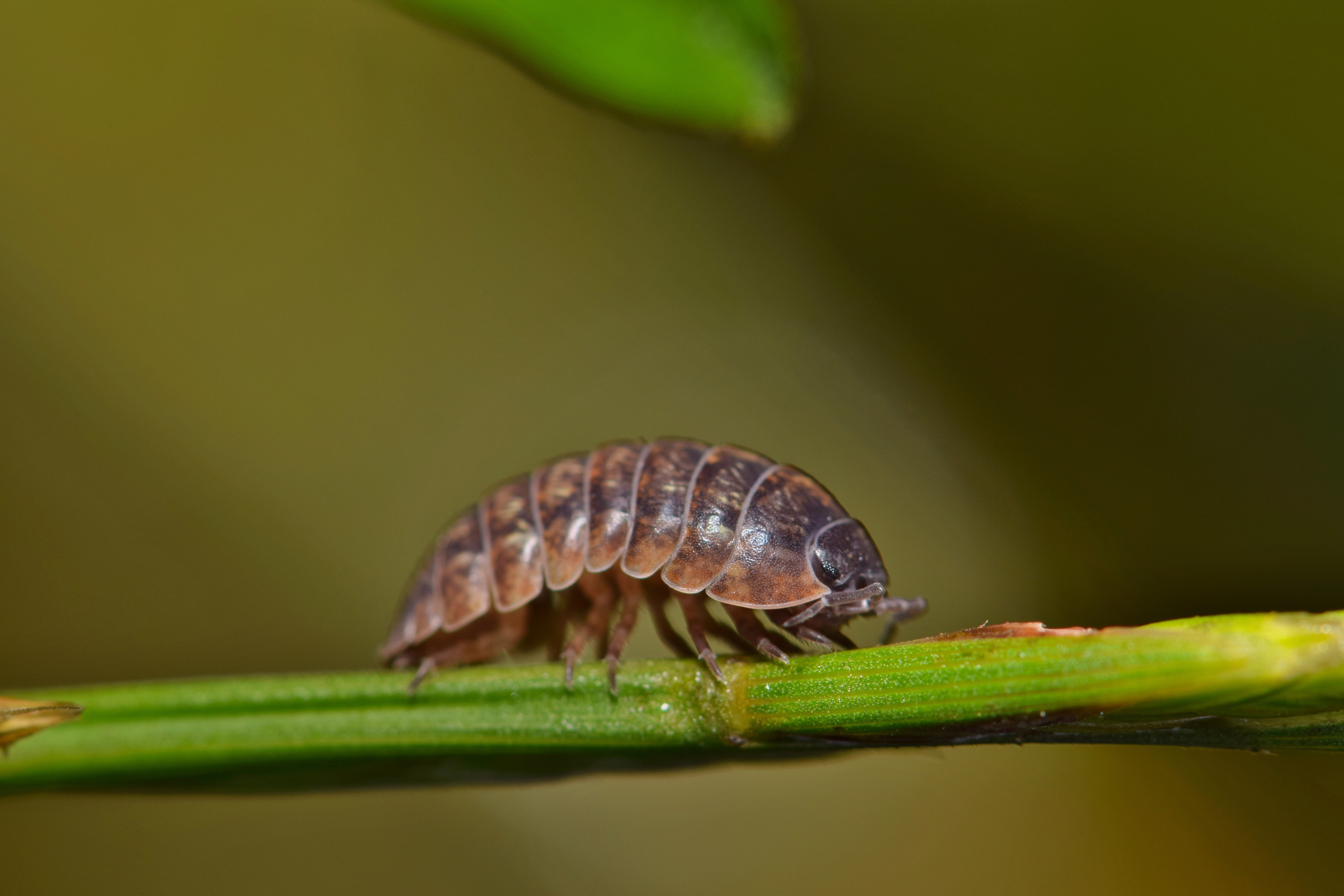
Leafhoppers
A surface feeder. Often green in color, tiny leafhoppers feed on plant sap to cause whiteish spots on leaves and stems, and a stunted, thin-looking lawn. Can wipe out newly needed lawns. Mow and water well before treating infestation.

Cutworms
A surface feeder. These plump, smooth worms are brown to nearly black, and appear to be almost always tightly curled. Sometimes they are striped, sometimes spotted. Beginning in mid-May, adult cutworms chew grass blades down to the soil level, causing circular bare spots in the lawn. Treat promptly, as soon as infestation is noticed. May require more than one application.

White Grubs
A subsurface feeder. Grubs are the larvae of a variety of beetles. As they mature, grubs feed on roots 1-3 inches deep in the soil. Brown patches show where roots have been eaten away and grass can be rolled back like a carpet.

Options for treating summer pests include DuoCide and Season Long Grub Control. If you have multiple insects or grubs invading your lawn, The Andersons DuoCide is that ideal product to use. A single application will eliminate more than 50 common pests both above and below the surface.
If you’ve been able to narrow the issue down to just grubs, you can use GrubOut Plus Lawn Food. This product can be applied any time during spring or summer and will provide protection against grubs and mole crickets for the entire growing season.
Don’t let all your hard work caring for your lawn go to waste. Pay attention to any signs of damage or pest activity. And, if possible, treat your lawn early in the summer to quickly eliminates troublesome insects and get a head of any potential issues. Remember, the least amount of damage done now, means less work repairing it in late fall and early spring.


